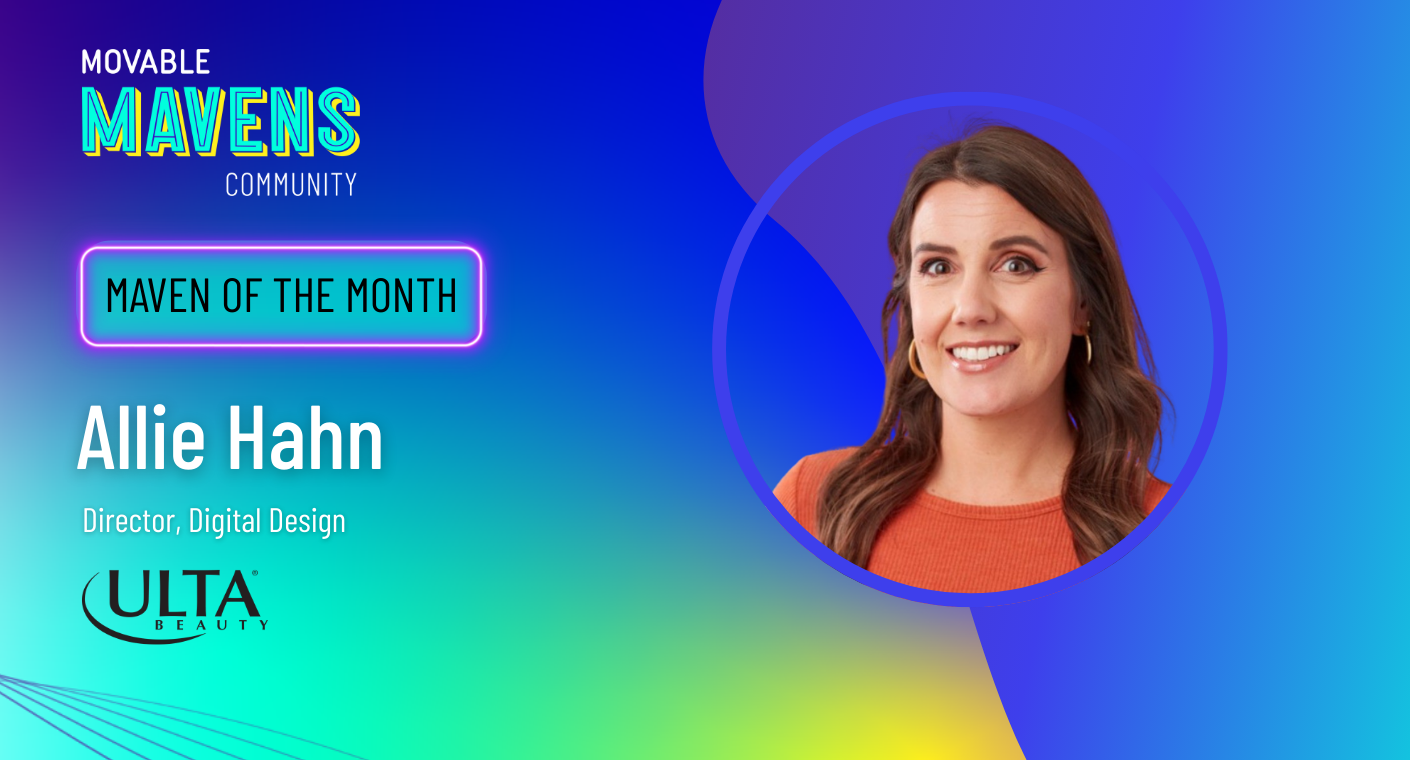There aren’t many buzzier words in marketing than personalization. Consumer brands especially know how essential the concept is to successfully driving more customer engagement and increasing average lifetime value. That’s why so many marketers are investing time and budget into a martech stack that collects, analyzes, and delivers data-driven personalization that impresses every unique consumer.
B2B marketers have been slower to adjust their tactics to more personalized client and prospect outreach. That will need to change in the coming years as B2B SaaS, logistics, and eCommerce brands face increased competition and consumers that now expect the same customer experience they receive from their favorite retailer.
Simply put, it’s time for you to seriously consider strategic B2B personalization.
The pandemic may be waning, but it had a significant impact on digital engagement, especially as shops closed around the world, travel declined, and everyone turned to their browser or mobile app for entertainment. We just spent two and a half years expecting a consistent experience across digital channels no matter what we were buying or how we were spending our leisure time.
As a result, 80% of customers say the experience a company provides is now as important as that brand’s products or services. If you think that number only applies to B2C alone, 72% of B2B customers say they want consistency across channels.
What does that look like? It looks like 1:1, B2B personalization that tells a customer-centric and data-driven story that engages people with the right message, at the right time, on the right channel.
Automate More of Your B2B Marketing Plan
AI powered personalization doesn’t have to mean more work. With the market continuing to fluctuate and marketers being asked to take on more responsibility than ever before, you will need a tech stack that automates as many daily tasks as possible.
This is another area where B2B marketers can learn from their friends in consumer brands. In an industry such as retail, campaigns are planned months in advance with email and mobile content approved, designed and data-integrated with plenty of time before launch. B2B brands often build marketing campaigns around things like events or content, not products, but the same principles apply.
Let’s say you are building campaigns that require you to pull in different content based on a client or prospect’s location or industry. Instead of manually creating hundreds or thousands of different versions, do what smart consumer brands do. Use an API to pull in the accurate information for every recipient, no matter where they live or what industry they serve.
One Movable Ink client, a US-based asset management firm, recently automated a tricky email that required marketers to display state-specific benefits for their clients. Instead of spending countless hours building 51 different variations, the brand created one campaign and used Movable Ink’s contextual app to pull in the recipient’s state and swap out the information in the email in real-time. If state data didn’t exist, the email pulled a fall-back piece of content.
Another B2B brand–an American/Dutch SaaS platform–used Movable Ink to automate and individualize their webinar campaigns. Instead of sending every client and prospect every single webinar, marketers used the brand’s Event API to pull webinar content then display specific content in the campaign based on the user’s current product selection.
Advanced digital marketing doesn’t require an enterprise-level team. But it does require working smarter, not harder. Your tech stack and personalization software should automate the little things and make it easy to change directions quickly, even when a campaign has launched.
Personalizing Every Digital Marketing Channel
If you’re a B2B marketer, you should implement AI powered personalization that makes the customer journey feel more like a relationship than a sales pitch…and soon. To do so, you will need to understand your data sources and how to leverage them to build creative, visually appealing messages that stop your clients and prospects in their tracks.
We’re long past the time when a first name in an email amounted to personalization. Now, B2B consumers expect your marketing to come across as polished and as tech-savvy as your company, across every digital touchpoint. That starts with email outreach, but it also encompasses the onboarding process and your ABM campaigns.
This omni-channel, always-on style of personalized marketing is becoming increasingly popular with B2B decision makers. In fact, 80% said that omni-channel sales are as effective–or more so–than the traditional sales cycle. If you want to create a truly impressive experience, one that has a better chance of converting prospects into clients, you will need to leverage data across your entire martech stack to create consistent 1:1 communications across channels.
Why? Because your peers are doing it. eMarketer reports that 41% of B2B marketers will add personalized content to their campaign strategy in 2022. While the industry hasn’t yet adapted to data-driven personalization as quickly as consumer brands, those that lead the way will have a head start on those that lag behind.
Marketing News that Matters
Sign up for Movable Ink's newsletter to receive the latest news, research, and omnichannel personalization resources.
Sign Up Now
Conclusion
Personalization is no longer a buzzword, it is a mindset that consumer brands have adopted, built a marketing strategy around, and budgeted for. B2B brands are taking notice and emulating the strategy.
B2B personalization can help increase marketing engagement, and most marketers understand that an omni-channel sales outreach program is much better than the traditional method. To build both, you’ll need to squeeze every ounce of meaningful data from your techstack and design brilliantly visual campaigns that place the prospect or client as the center of attention.




.png)
.png)


